We put the Honor Magic5 Pro through our rigorous DXOMARK Audio test suite to measure its performance both at recording sound using its built-in microphones, and at playing audio back through its speakers.
In this review, we will break down how it fared in a variety of tests and several common use cases.
Overview
Key audio specifications include:
- Two speakers (Top center, bottom right)
- No jack audio output
- DTS: X Ultra technology
Scoring
Sub-scores and attributes included in the calculations of the global score.
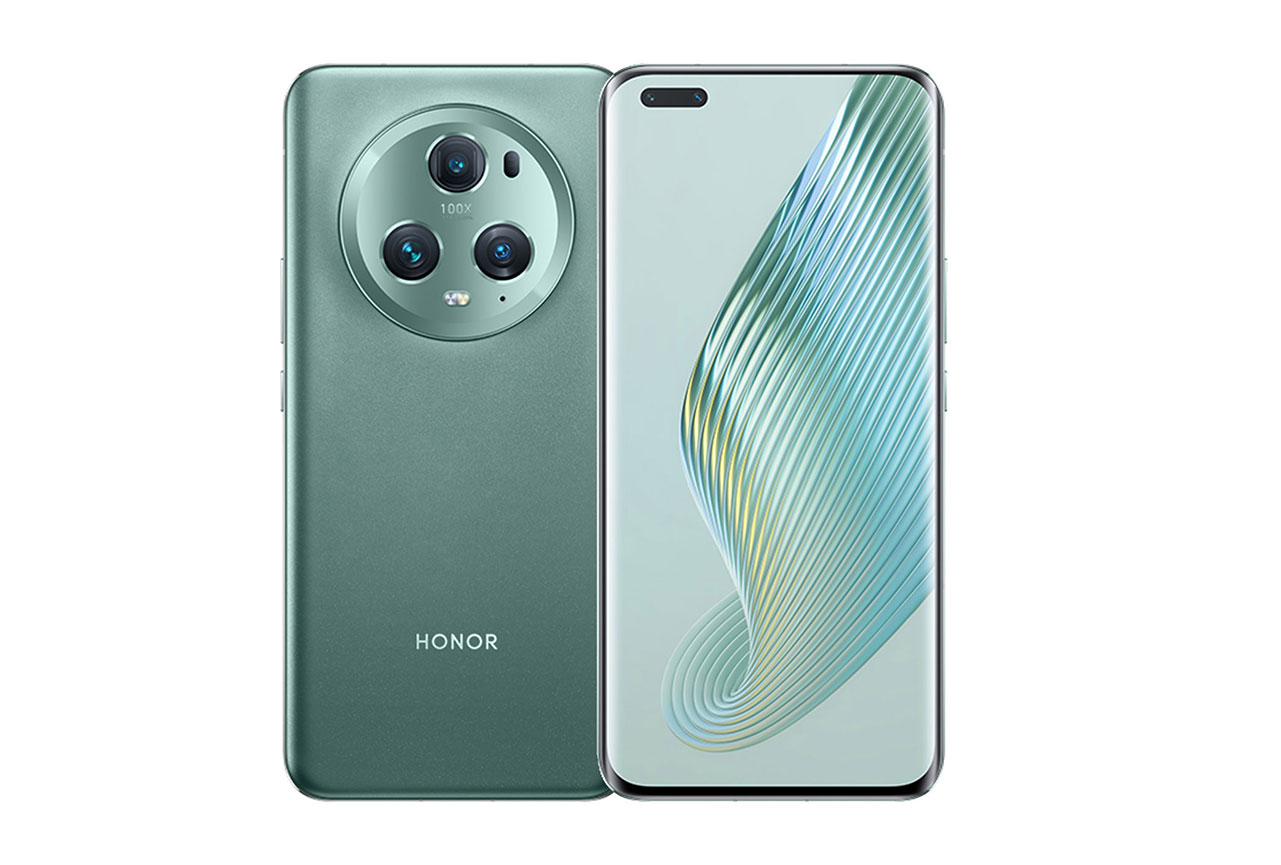
Honor Magic5 Pro


 34th
34th 24th
24thPlayback
Pros
- Good tonal balance at nominal volume
- Good dynamics performance at nominal volume
Cons
- Slightly limited wideness
- Distortion at maximum volume impairs timbre and dynamics
- Minimum volume tuned slightly too low
Recording
Pros
- Extremely efficient side-rejection when using audio zoom
- Very good dynamics performance
- Pleasant and natural timbre in most use cases
Cons
- Underwhelming wind noise reduction
- Inconsistent processing and therefore performance across use cases, especially for timbre
With a score of 138, the Honor Magic5 Pro delivered an excellent result in the DXOMARK Audio tests, thanks to strong performances in playback and recording alike. In playback, the Honor did very well across all use cases, making it a great option for listening to music, watching movies and gaming.
In recording, there was more variation between use cases, especially in terms of timbre. Overall, the device did best when recording with the main camera. When using the front camera or voice recorder app, our experts observed a slight drop-off in quality, but the Honor Magic5 Pro still performed on a high level. There was some room for improvement in terms of wind noise reduction, but the Honor Magic5 Pro is overall a great smartphone for audio playback and recording, earning itself our Gold label for Audio.
Test summary
About DXOMARK Audio tests: For scoring and analysis in our smartphone audio reviews, DXOMARK engineers perform a variety of objective tests and undertake more than 20 hours of perceptual evaluation under controlled lab conditions.
(For more details about our Playback protocol, click here; for more details about our Recording protocol, click here.)
The following section gathers key elements of our exhaustive tests and analyses performed in DXOMARK laboratories. Detailed performance evaluations under the form of reports are available upon request. Do not hesitate to contact us.
Playback
Honor Magic5 Pro
163
DXOMARK engineers test playback through the smartphone speakers, whose performance is evaluated in our labs and in real-life conditions, using default apps and settings.
In the DXOMARK Audio tests, the Honor Magic5 Pro delivered a very good playback performance. The tonal balance lacked some low- and high-end extension but was overall natural and pleasant. Dynamics performance was good as well, with precise attack, good bass precision and good punch at nominal and soft volume. The built-in speakers generated decent wideness, but given the device’s fairly large dimensions, there’s some room for improvement. Individual sound sources were fairly easy to pinpoint in the sound scene, but localizability could be a little blurry, especially with complex audio content that mixes many sound elements, such as movies or symphonic music. Balance was perfectly centered, and distance rendition was accurate, but the depth rendition could have been better, with the sound stage sounding shallow, especially when listening to classical music.
While the phone’s maximum volume setting was loud enough in our tests, the minimum setting was slightly too low in some instances, making it hard to hear quieter sound elements. Our testers noticed very few unwanted audio artifacts, only some distortion at maximum volume. We also found the Honor not to be particularly sensitive to hand occlusions of the speakers.
Listen to the tested smartphone’s playback performance in this comparison with some of its competitors:

Timbre
Honor Magic5 Pro
158
The Timbre score represents how well a phone reproduces sound across the audible tonal range and takes into account bass, midrange, treble, tonal balance, and volume dependency. It is the most important attribute for playback.

Dynamics
Honor Magic5 Pro
149
The Dynamics score measures the accuracy of changes in the energy level of sound sources, for example how precisely a bass note is reproduced or the impact sound from drums.



Spatial
Honor Magic5 Pro
162
The sub-attributes for spatial tests include pinpointing a specific sound's location, its positional balance, distance, and wideness.
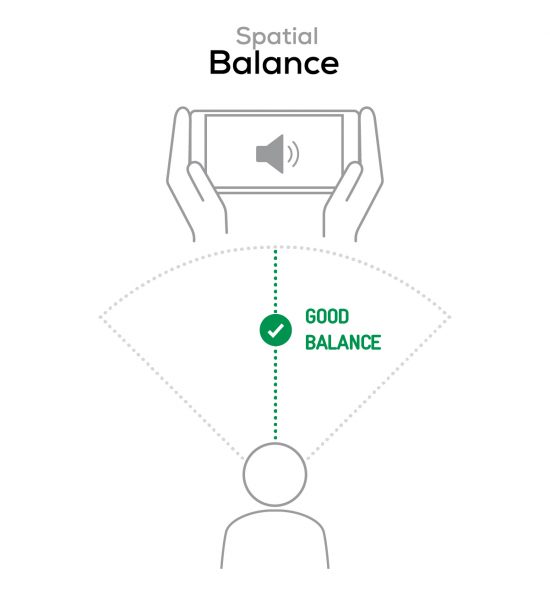
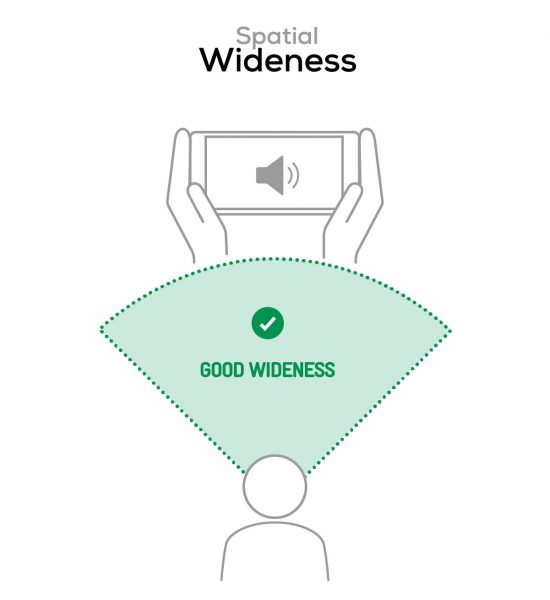

Volume
Honor Magic5 Pro
162
The Volume score represents the overall loudness of a smartphone and how smoothly volume increases and decreases based on user input.
| Hip-Hop | Classical | |
| Honor Magic5 Pro | 69.5 dBA | 66.4 dBA |
| Honor Magic4 Pro | 72.3 dBA | 69.2 dBA |
| Samsung Galaxy S23 Ultra | 74.8 dBA | 71.8 dBA |

Artifacts
Honor Magic5 Pro
157
The Artifacts score measures the extent to which the sound is affected by various types of distortion. The higher the score, the less the disturbances in the sound are noticeable. Distortion can occur because of sound processing in the device and because of the quality of the speakers.
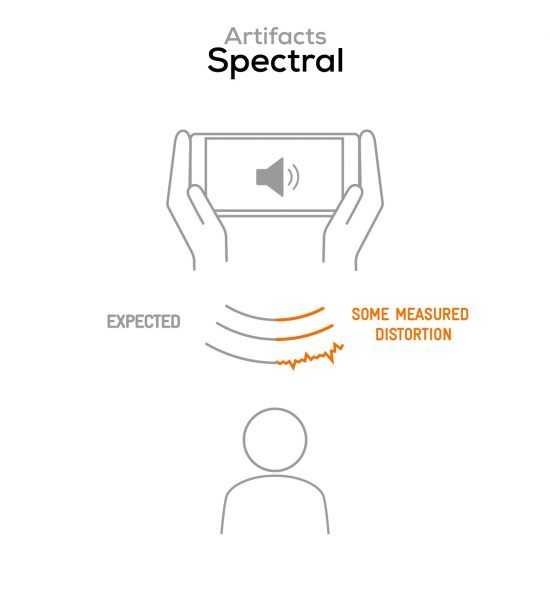
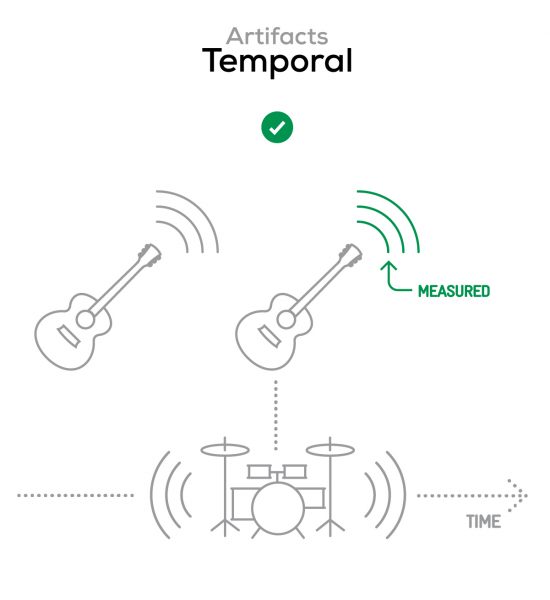
It represents the distortion and noise of the device playing our test signal (0 dB Fs, Sweep Sine in an anechoic box at 40 cm) at the device's maximum volume.
Recording
Honor Magic5 Pro
160
DXOMARK engineers test recording by evaluating the recorded files on reference audio equipment. Those recordings are done in our labs and in real-life conditions, using default apps and settings.
The Honor Magic5 Pro was excellent as a recording device in our tests, offering pleasant timbre and a nice tonal balance, especially in front-camera recordings and with the voice memo app. Only when recording with the main camera did our testers find loud musical content sounding a touch nasal and lacking bass. Dynamics performance was very good overall, but varied somewhat with the use case. When recording loud concerts, our experts found attack to be notably less sharp, and plosives more dull than in other use cases.
Distance rendition was very good across all use cases, with voices appearing at the correct distance. Localizability of individual sound sources and wideness of the sound scene were on an average level. Loudness was very good in all test scenarios, but the objective measurements indicated that the Honor may slightly struggle with recordings at high sound pressure levels, such as live concerts. Like in playback, our experts observed very few unwanted audio artifacts in recording. Finger noises were barely audible, and if they accidently covered the microphone while recording, it hardly had an impact on audio quality. Background rendition was good, with a nice tonal balance but lacking some bass.
Here is how the Honor Magic5 Pro performs in recording use cases compared to its competitors:

Timbre
Honor Magic5 Pro
147
The Timbre score represents how well a phone captures sounds across the audible tonal range and takes into account bass, midrange, treble, and tonal balance. It is the most important attribute for recording.

Dynamics
Honor Magic5 Pro
146
The Dynamics score measures the accuracy of changes in the energy level of sound sources, for example how precisely a voice's plosives (the p's, t's and k's, for example) are reproduced. The score also considers the Signal-to-Noise Ratio (SNR), for example how loud the main voice is compared to the background noise.

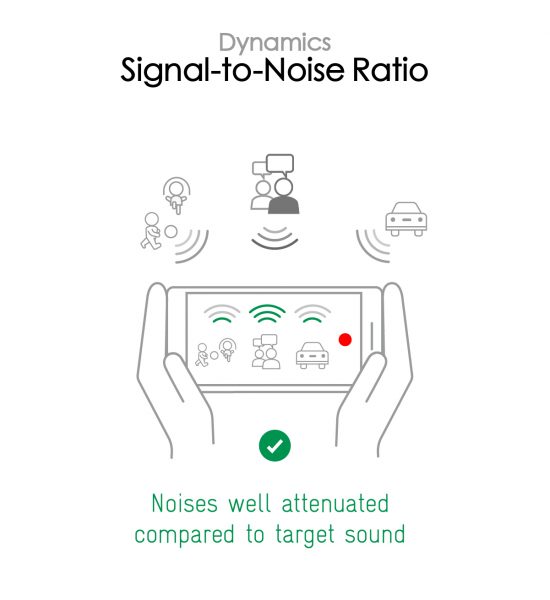

Spatial
Honor Magic5 Pro
159
The sub-attributes for spatial tests include pinpointing a specific sound's location, its positional balance, distance, and wideness on the recorded audio files.
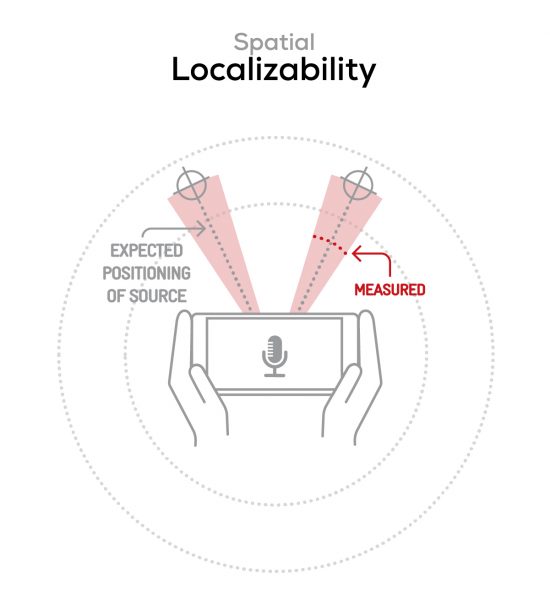


Volume
Honor Magic5 Pro
170
The Volume score represents how loud audio is normalized on the recorded files and the how the device handles loud environments, such as electronic concerts, when recording.
| Meeting | Life Video | Selfie Video | Memo | |
| Honor Magic5 Pro | -23.9 LUFS | -20.3 LUFS | -19.4 LUFS | -19.5 LUFS |
| Honor Magic4 Pro | -22.3 LUFS | -19.8 LUFS | -18.1 LUFS | -18.8 LUFS |
| Samsung Galaxy S23 Ultra | -26.5 LUFS | -21.8 LUFS | -22.4 LUFS | -21.6 LUFS |

Artifacts
Honor Magic5 Pro
145
The Artifacts score measures the extent to which the recorded sounds are affected by various types of distortions. The higher the score, the less the disturbances in the sound are noticeable. Distortions can occur because of sound processing in the device and the quality of the microphones, as well as user handling, such as how the phone is held.
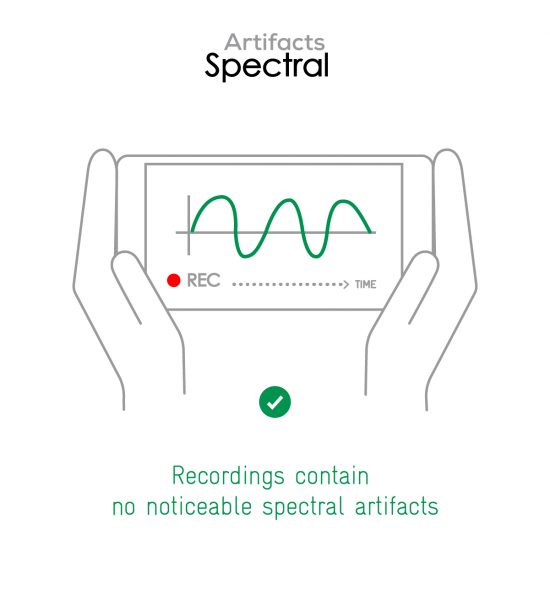
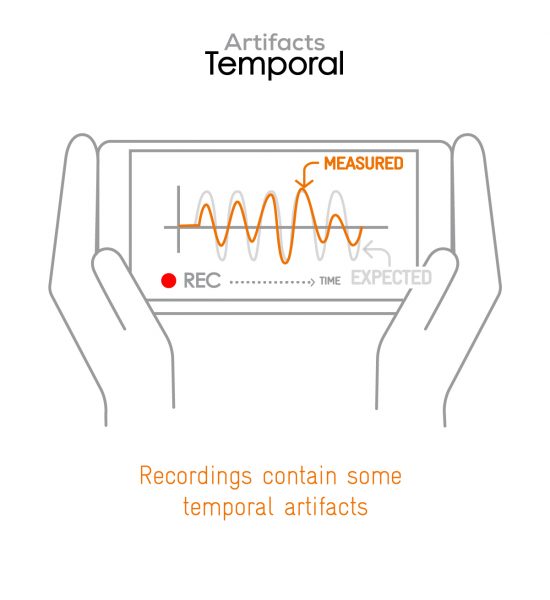
In this audio comparison, you can listen to the way this smartphone handles wind noise relative to its competitors:

Background
Honor Magic5 Pro
166
Background evaluates how natural the various sounds around a voice blend into the video recording file. For example, when recording a speech at an event, the background should not interfere with the main voice, yet it should provide some context of the surroundings.

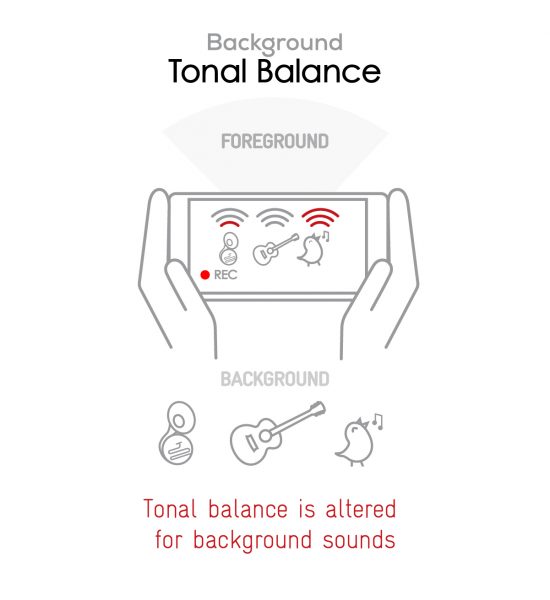


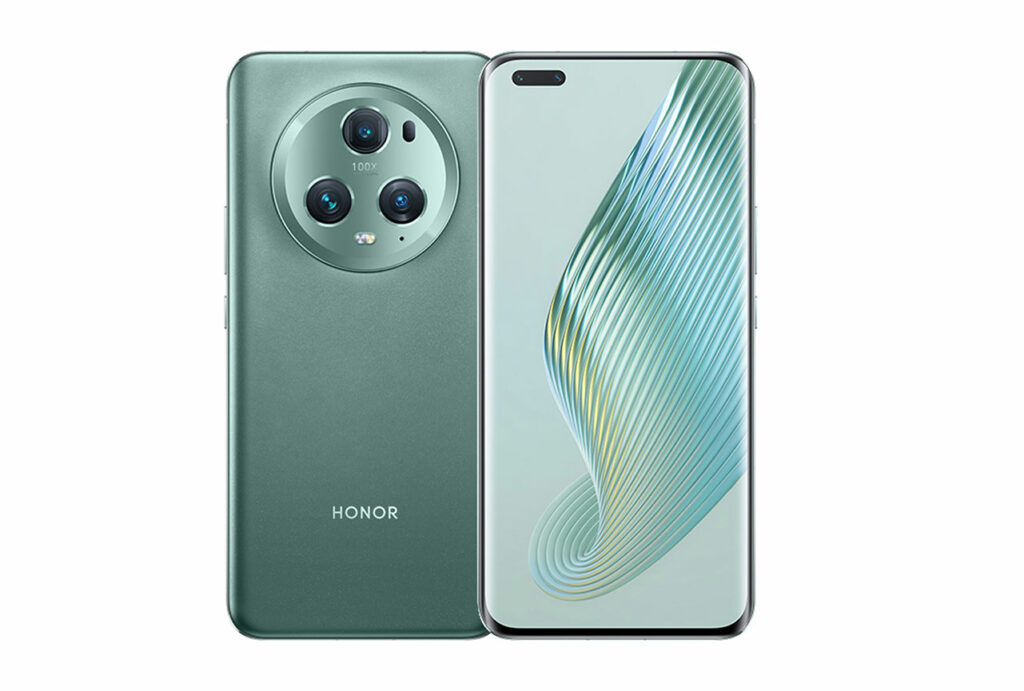
DXOMARK encourages its readers to share comments on the articles. To read or post comments, Disqus cookies are required. Change your Cookies Preferences and read more about our Comment Policy.